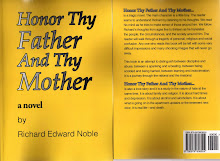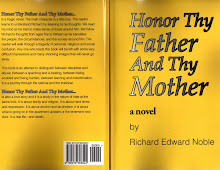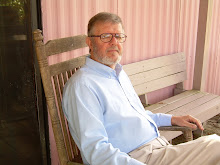
The Pemberton Mill Disaster of 1860
Striking America
By Richard E. Noble
A curse on ye, ye millionaires,
Who sit at home in your easy chairs,
And crack your nuts and sip your wine,
While I wail over this son of mine!
On January 10th in 1860, at twilight, in the industrial mill town of Lawrence, Massachusetts, the massive five story, redbrick Pemberton Mill collapsed. More than 115 died in the disaster and estimates of injured range from 165 to 300. The factory employed between 800 and 1000 workers.
The huge cast iron pillars that supported the floors and the less than adequate mortar that was used on the redbrick was said to have been the cause of the collapse. Mary Desney, who came to the mill that afternoon looking for work, had a feeling. She scurried out of the area where she was waiting for her interview minutes before the building tumbled to the ground.
The building was originally financed by John A. Lowell and his brother-in-law J. Pickering Putnam. It was built in 1853. The chief engineer was Charles H. Bigelow. The expense for the construction was $850,000 - a fortune for those times. Lowell and Putnal sold the building in 1858 to George Howe and David Nevins at a loss for $350,000. The new owners installed more machinery in the attempt to increase output and achieve greater profits. For some strange and foolish reason, the upper floors were especially burdened with extra heavy machinery. At the time of the collapse there were 2,700 spindles and 700 looms in operation. The mill earned $1,500,000 per year. Most of the workers were either Scotch or Irish Immigrants.
The scene after the collapse was a horror. Women, young girls and men were trapped under debris everywhere. Many were rescued but others could not be saved. A fire had broken out and many trapped victims were burned to death while observers stood by helplessly watching. Those that were saved were rescued in many cases by heroic efforts on the part of CO-workers, supervisors and passer-bys.
A young girl named Mary Bannon who was trapped under debris handed over her paycheck to a girlfriend asking her friend to pass it on to her dad and say good-by for her. She knew she was about to die. A foreman, Mr. Maurice Palmer and several other men, slit their throats rather than wait to be consumed by the rapidly approaching flames. Mr. Palmer was miraculously rescued, but ended up dying from his self-inflicted wound. In the final moments the trapped victims sang church hymns until there voices faded one by one into the consuming flames and tragic darkness.
Employees had long feared that the building was unsafe. Though massive in its construction the machines that it housed were equally massive. When all the machines were operating and especially when the looms chanced to be synchronized many workers claimed that the building actually rocked and swayed. The windows were said to be too large, thus weakening the walls. It was determined that the iron supports had casting defects. The mortar used to lay the brick walls was not the best but was not declared inadequate.
Jesse Glover, overseer of repairs testified at the inquest that he had always considered the building weak. John B. Tuttle, superintendent of brick work testified that he had complained to the architect, Bigelow, that he thought the walls were insufficient. Mr. Bigelow in turn blamed the owners. Bigelow said that it was the owners who were responsible for all the purchasing and the approval of the iron castings.
Though no precedent setting worker safety legislation resulted from the disaster or even more stringent rules for construction, an attitude was established. It was entrenched in the minds of the workers across America that greed motivated the wealthy and that workers should not be so foolish to look to the rich industrialist for their health, wealth, safety or security. The cause of fellowship, brotherhood, organization, and unionization were made stronger. Fellow workers lives, women, young girls and children, had been squandered, all for the sake of penny pinching savings in construction costs and cheap mortar. The blood of fellow struggling workers was wasted for the cause of greater production, higher profits, and a profitable corporate bottom line.





































